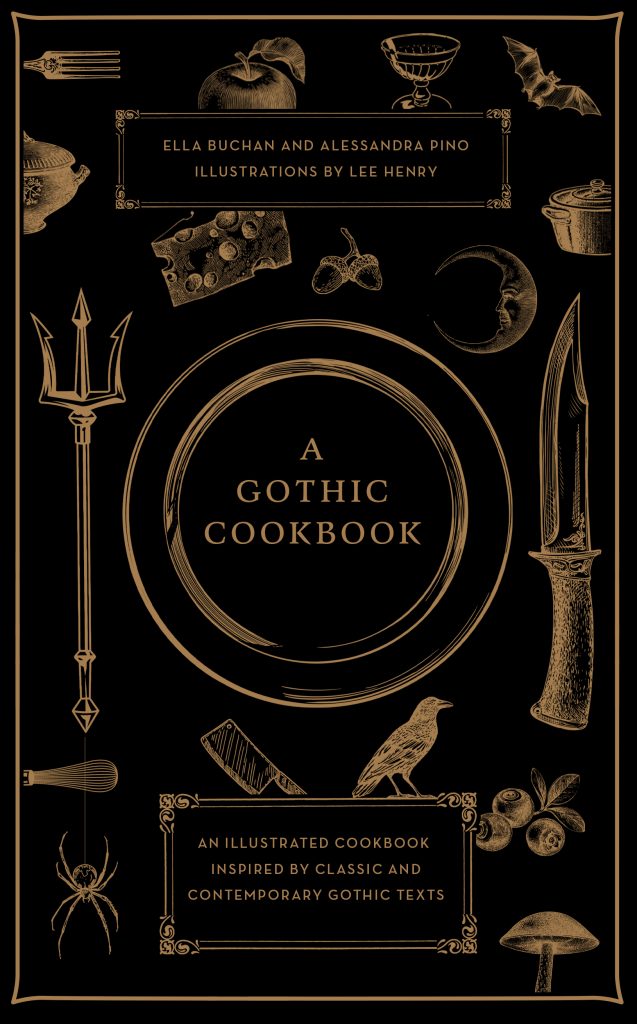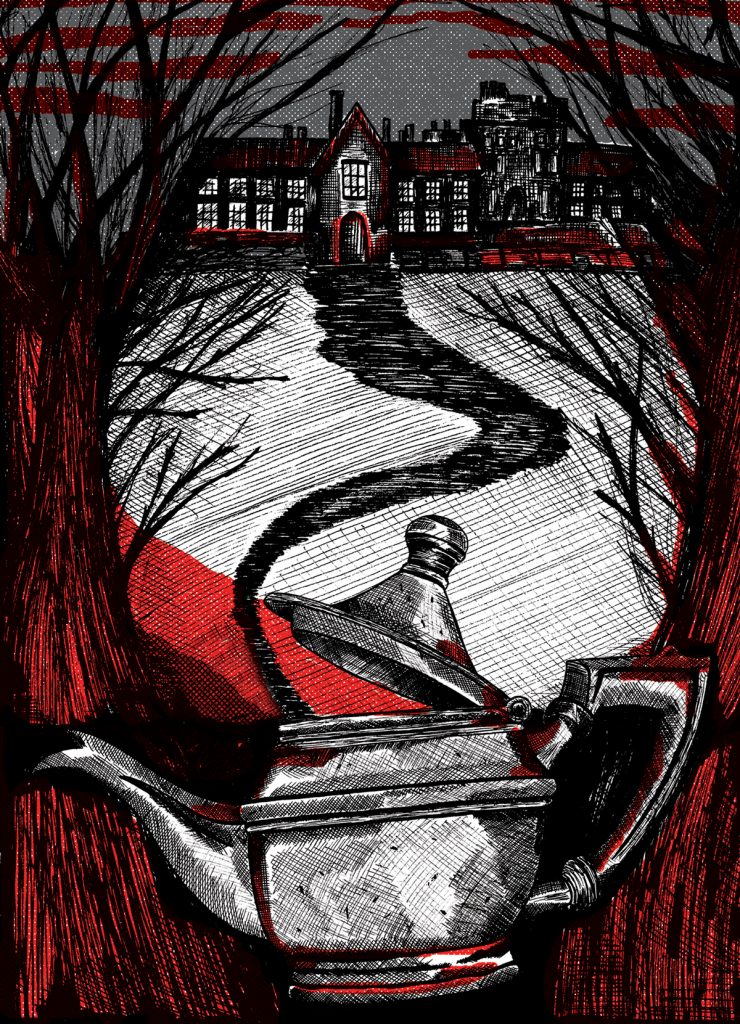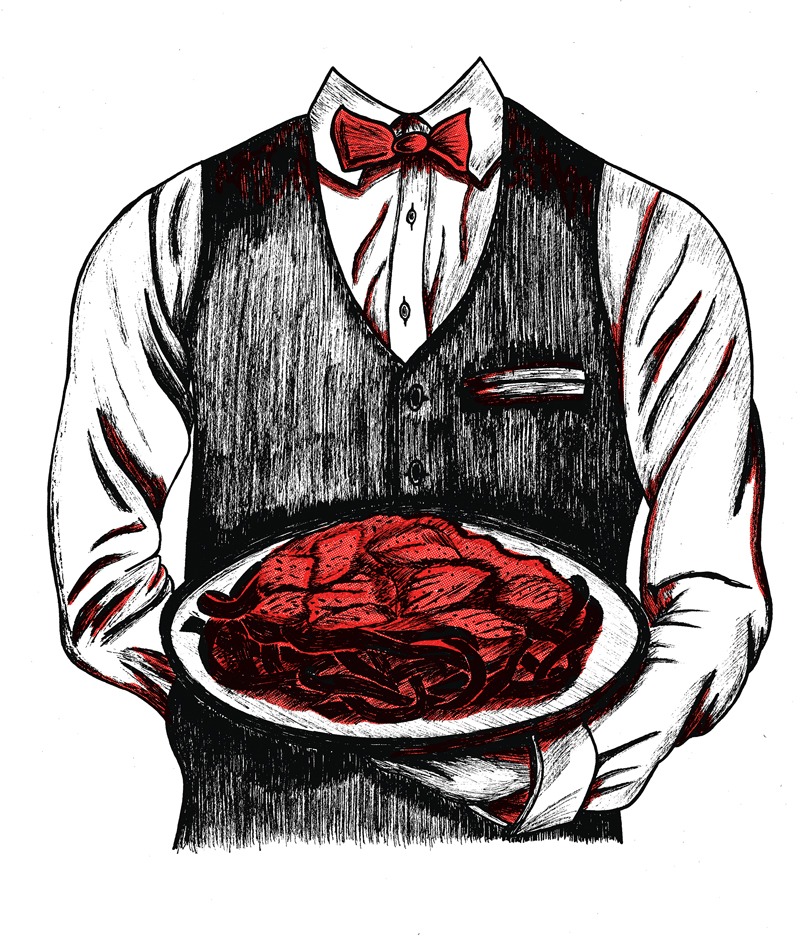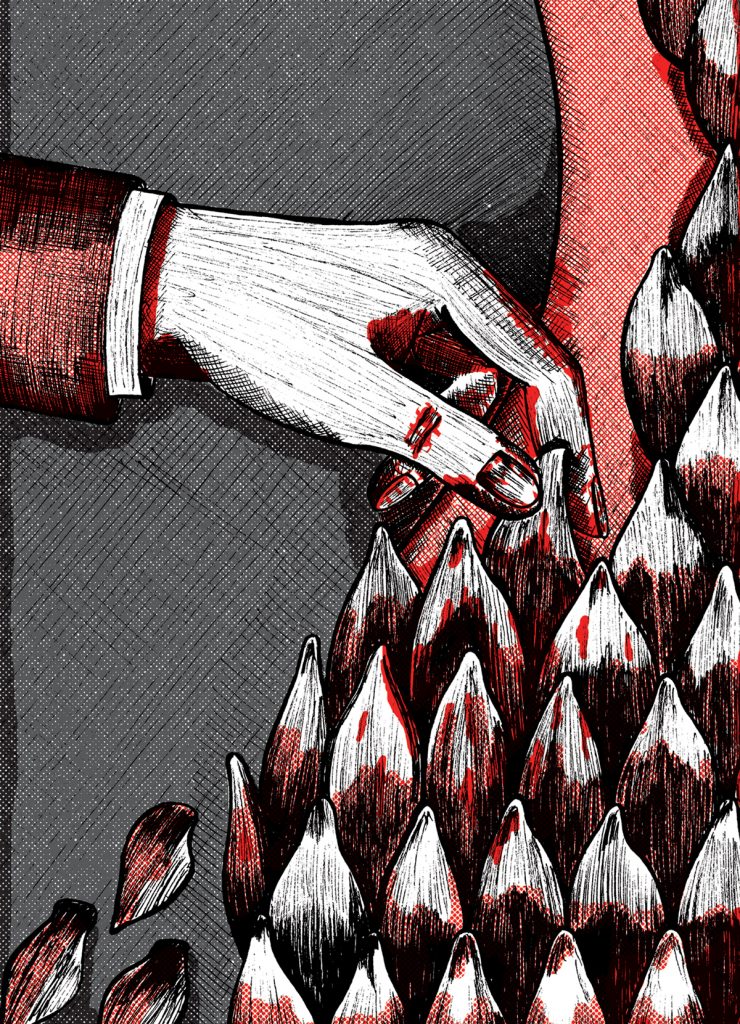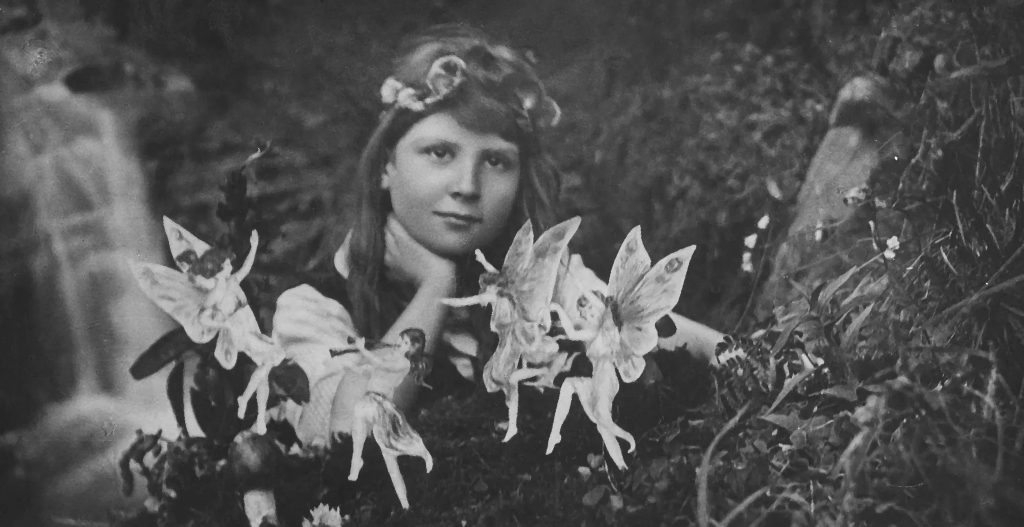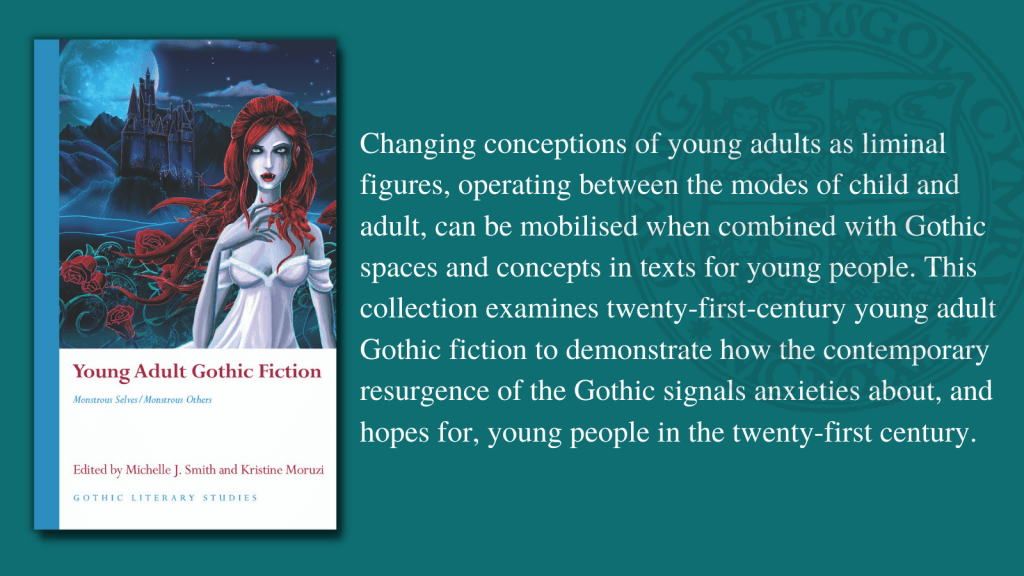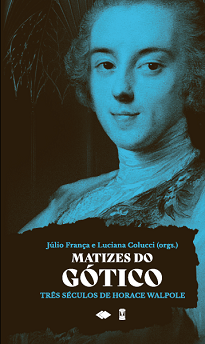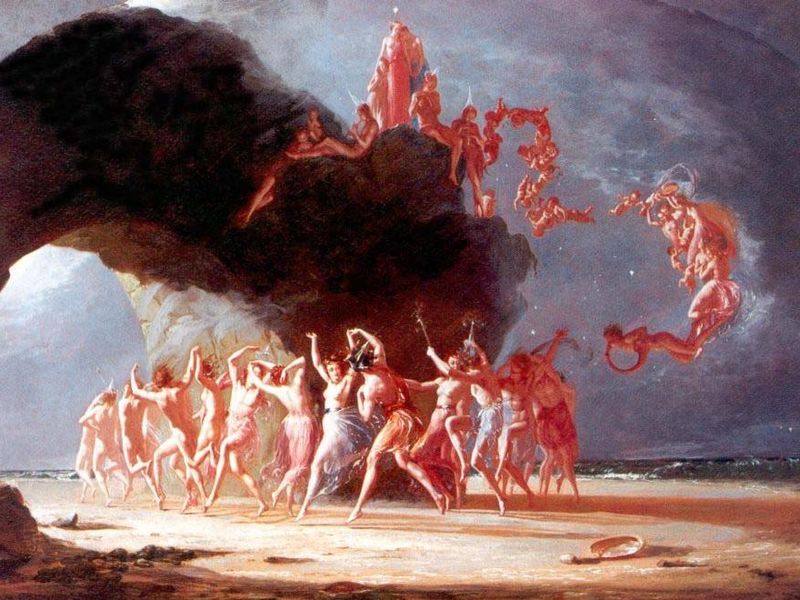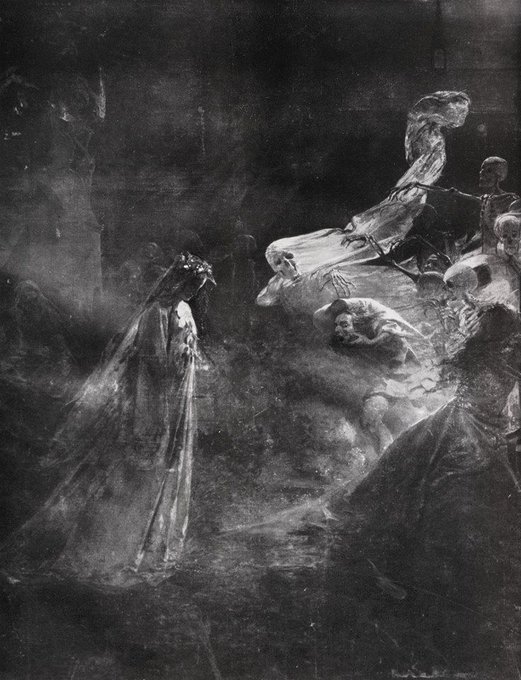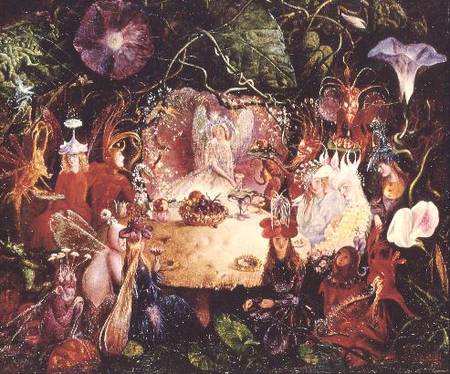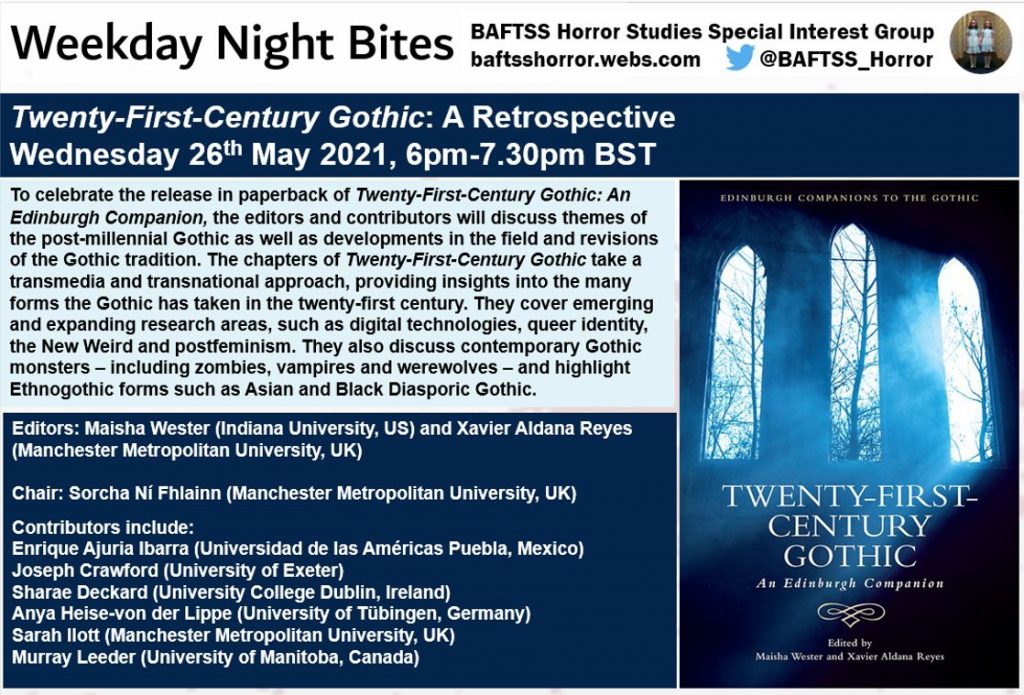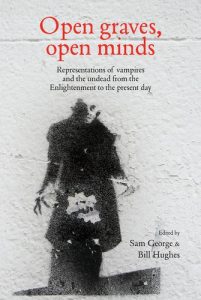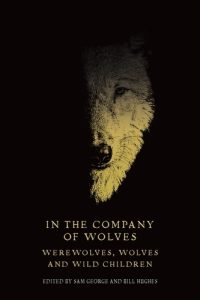Two exciting events coming up soon.
1. The first is from OGOM’s own Daisy Butcher, in collaboration with Janette Leaf. They are promoting their new book, Crawling Horrors, and this is one of several events–more news to come. The book is an anthology of Gothic/horror insect tales and is part of the fabulous series from the British Library, Tales of the Weird.
In Conversation with Daisy Butcher and Janette Leaf, 29 October 2021, 7:00 PM-8:00 PM, Books on the Hill, St Albans, UK
A moth wreaks a strange vengeance on an entomologist. Bees deliver a supernatural dilemma to a mother-to-be. This new anthology offers a broad range of stories from the long history of insect literature, where six-legged beasts play many roles from lethal enemies to ethereal messengers.
With expert notes on how each tale contributed to insect horror literature, Janette Leaf and Daisy Butcher are your field guides for a tour through classic insect encounters from the minds of Edgar Allan Poe, E. F. Benson, Clare Winger Harris and many more.
2. Gothic Revolutions (by The Gothic Women Project): An online seminar exploring the Gothic’s responses to revolutions in the Romantic period, with Dr Maisha Wester, 27 September 2021, 17:00–20:00 BST, online
Speakers:
Dr Maisha Wester (University of Sheffield), ‘Black Jacobins or Bloody Barbarians: the Haitian Revolution’s Gothic Impact’
Dr Christina Morin (University of Limerick), ‘Horrible tumults in Ireland’: Reading Rebellion in Irish Female Gothic
Dr Lauren Nixon (Nottingham Trent University), ‘A soldier for me’?: Framing British masculinity and nationality in women’s Gothic writing during the Revolutionary Wars
For our September event, the Gothic Women Project invites you to a seminar exploring how the Gothic responds to the realities and ideologies of revolution in the broader Romantic period. ‘Gothic Revolutions’ will explore how the work of women writers in particular intersects with revolutionary movements and moments across the globe. With papers exploring responses to the Haitian Revolution, the French Revolution, and rebellion in Ireland, we welcome discussion of how we can interpret the revolutions and upheavals of our own era by looking back to the late 18th and early 19th centuries.

